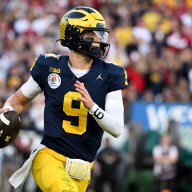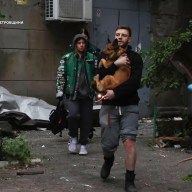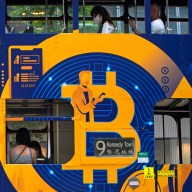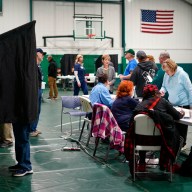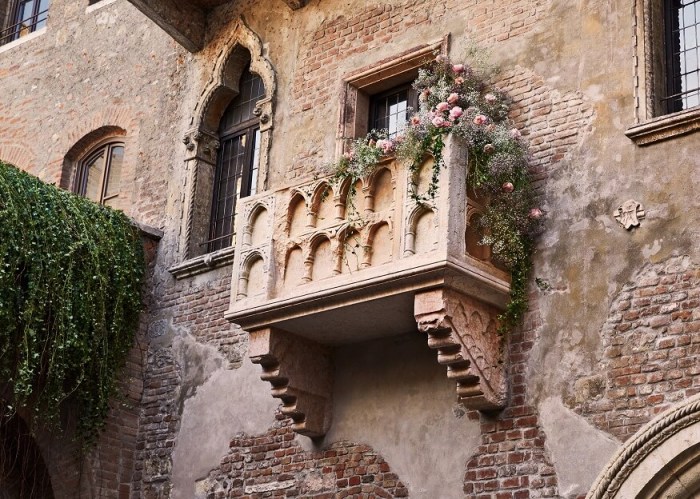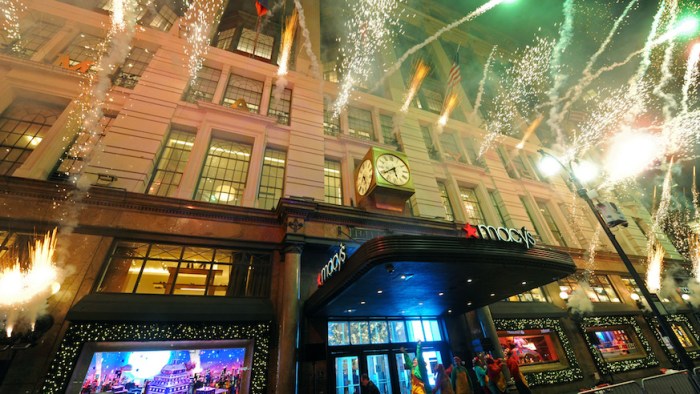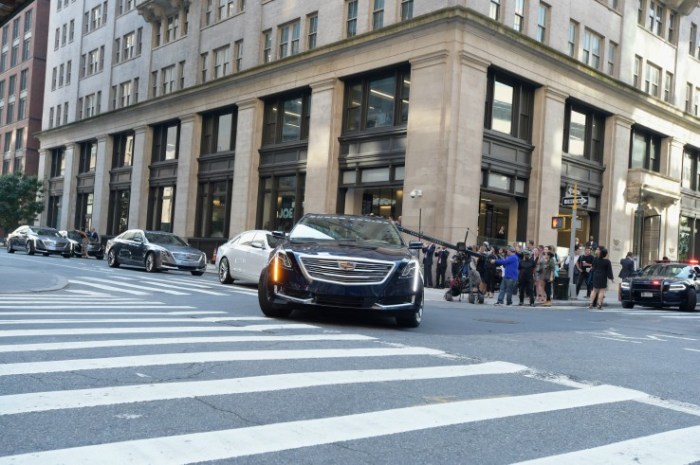The best way to get to know Washington, D.C., is to take a bipartisan approach. At the city’s downtown core are grand tributes to American history and government that create an aura of power and diplomacy, and you can see most of them on a stroll around the Mall. There are also the Smithsonian museums and federal government buildings to tour, but don’t forget that this is a city where people live, work and play — there’s a side of D.C. that thrives beyond the marble columns and museum galleries.Add these top experiences to your list and you’ll cross the aisle between essential visitor sights and hotspots that locals love. Tidal Basin
A serene reservoir just south of the National Mall, theTidal Basinis one of the most photographed spots in the city. The inlet is surrounded by some of its top monuments: the Jefferson Memorial, Martin Luther King Jr. National Memorial and the Franklin Delano Roosevelt Memorial. A walking path encircles the water, and when it’s warm out you can rent a paddleboat and putz around the pond. Cherry Blossom Festival
Every spring, the cherry trees around Washington blanket the city with a blizzard of little pink and white flowers. The city goes nuts for the blooms — you’ll find cherry blossoms in cocktails and cupcakes, and in events throughout the two weeklongCherry Blossom Festival. Many of the original trees (which were a gift from Japan in the early 1900s) stand around the Tidal Basin, but if crowds aren’t your thing, you can still enjoy the flowers. Get to the Tidal Basin before the sun rises for a little more breathing room (and some incredible photo ops as the sky lightens), or head out to the National Arboretum for a less hectic and equally scenic stroll. 14th and U streets
A focal point of the District’s dining and nightlife scene, 14th and U streets have undergone massive revitalization in recent years. U Street, which was formerly known as Black Broadway, was the heart of early 20th century African-American culture in D.C. You can still see some of the icons from that era at places like the Lincoln Theatre. But the corridor, and 14th Street, which began as an offshoot of U but has blown up into its own entity, is better known now for its trendy restaurant-bar concepts, like Le Diplomate, Bar Pilar and Barcelona. If you want a night out in Washington, this is the place for it. National Gallery of Art Sculpture Garden
Sure, the sculptures here are nice — you’ll find works by Calder and Lichtenstein. But what locals love most about this nook next to theNational Gallery of Artis what happens around the sculptures. On summer Fridays, the lawn fills with a buzzing after-work crowd for Jazz in the Garden. Come early, claim a spot of grass and toast the end of the workweek with some ensemble jazz and sangria. Arlington National Cemetery
A quick trip across the Memorial Bridge from the Lincoln Memorial brings you toArlington National Cemetery. The bucolic 624-acre plot of Virginia land is the final resting place of two presidents and about 400,000 American veterans. Many people come to see the Tomb of the Unknown Soldier and its changing of the guard ceremony, and the eternal flame at John F. Kennedy’s grave site. If you’re looking to pay respects at a specific grave, the ANC Explorer app can lead you there. Union Market and Eastern Market
D.C.’s market power couple (or are they frenemies?) set a high bar for discerning shoppers.Eastern Marketis a little better known and more historic. Originally built in 1871, the indoor-outdoor market hall is surrounded by a colorful neighborhood of the same name. Many of the vendors here exist specifically for the market and sell a homey assortment of food and crafts.Union Market, which burst back onto the scene recently after years of decline, is an emporium of high-end artisan brands and pop-ups, featuring everything from craft homegoods to gourmet coffee. Shaw
A decade ago, few visitors found themselves in this corner of Washington. Now it’s the city’s obsession. The residential neighborhood east of Logan Circle is seeing a development boom, with bars, restaurants and boutiques moving in. Beer drinkers have plenty to cheer about: Dacha beer garden and Right Proper Brewing Company keep hops fans hydrated. Foodies are flocking to spots like Mockingbird Hill, Southern Efficiency and Declaration. And everyone’s keeping their eyes on new retail-residential spaces that are bolstering the area’s new boutique lifestyle vibe. Georgetown
One of Washington’s ritziest enclaves,Georgetownmarries old-world charm with upscale dining and shopping. You’ll find high-end chain stores like Brooks Brothers and Zara along with classic D.C. eateries like Clyde’s and “best restaurants” list-toppers like Fiola Mare. The historic C&O Canal starts here and makes for a shady place to stroll. Side streets leading up to Georgetown University’s campus are paved with cobblestones and wind along well-preserved townhouses that shelter senators and dignitaries. Dupont Circle
Duponthas a little bit of everything. The neighborhood’s center is a large traffic circle surrounded by a mix of shops, restaurants and museums. You’ll find chains like Chipotle and Loft nestled next to independent outposts like Kramerbooks and Bistrot du Coin. Museums here are takeovers of neighborhood homes: the Phillips Collection has modern and Impressionist art; the Woodrow Wilson House showcases 1920s lifestyle; and the Heurich House Museum (also known as the Brewmaster’s Castle) hosts beer-centric history events. Fanning out from the circle are residential streets, office buildings and Embassy Row. National Cathedral
Set high on a hill with a prominent view of the city’s skyline, theNational Cathedralis a 20th-century stone church built in a soaring 14th-century gothic style. Though officially Episcopalian, it has also been the site of state funerals for presidents and sermons by religious leaders like the Dalai Lama. It’s also home to Darth Vader — the “Star Wars” villain sits high on one of the towers, after being chosen as one of the winning designs in a children’s contest to decorate the building. The National Zoo
If you were to give Washington a signature animal, the giant panda would win the job.The National Zoo, which is part of the Smithsonian Institution, is home to four beloved pandas (including a newborn that had Washingtonians on “panda watch” awaiting the birth). There are, of course, other animals to visit here as well, from elephants to lions to Amazonian frogs and monkeys. Not only is the zoo easy to get to by subway, it’s free for all ages. Renwick Gallery
The “photography encouraged” signs are a good clue that the Renwick Gallery is not your average art gallery. The branch of the Smithsonian is a block from the White House and showcases American craft and decorative arts. But don’t expect to see a lot of china plates and furniture. The programming here is innovative and pushes boundaries, from beer events to exhibits that have the Instagram crowd wearing out their hashtags. Historic Hotels
D.C. is a city rich with history and scandals, and its grande-dame hotels have plenty of stories to tell. The most notorious hotel in American history, the Watergate, is reopening after a major restoration. A few miles away, the Mayflower was the site of former New York Gov. Eliot Spitzer’s infamous affair. Other hotels are steeped in history of a less sordid nature. Just blocks from the White House, the Hay Adams and Willard Intercontinental hotels have hosted everyone from Mark Twain to Abe Lincoln to Martin Luther King Jr. (who wrote his “I have a dream” speech in a room at the Willard). If you can’t afford the hefty price tag of these spots, take a spin through the gilded lobbies or settle in for a drink at their classic bars. — Jess Moss For the rest of the Washington, D.C. guide, including Nationals Park and the Kennedy Center, go toFodors.


